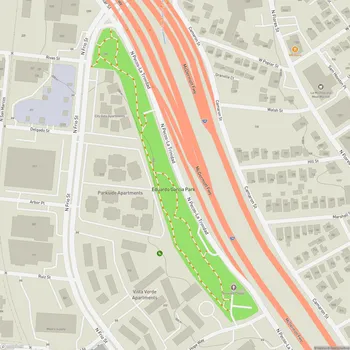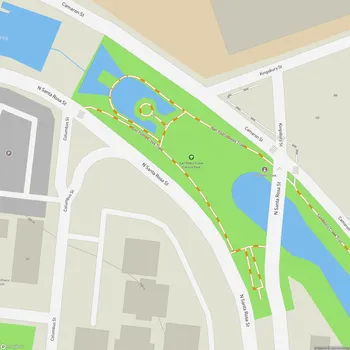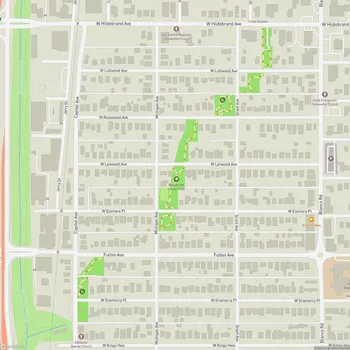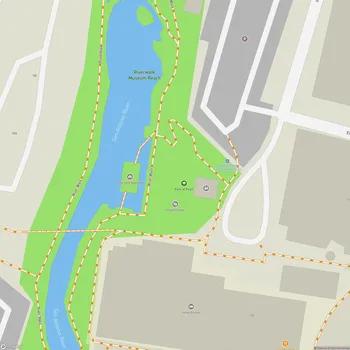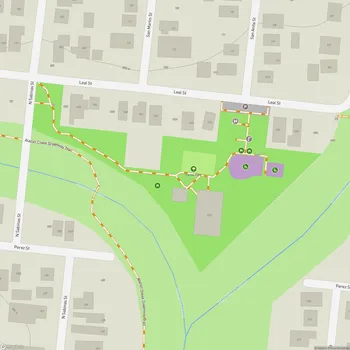San Pedro Springs Park
San Pedro Springs Park Map
About San Pedro Springs Park in San Antonio
San Pedro Springs Park, located in San Antonio, Texas, is a historic and significant public space. Established in 1729, it holds the distinction of being the oldest park in Texas and one of the oldest municipal parks in the United States. The park spans 46 acres and is centered around the San Pedro Springs, which have been a focal point for human activity in the area for thousands of years.
The park's history is deeply intertwined with the founding and development of San Antonio. It was originally the site of a Payaya Indian village known as Yanaguana, and later became the location where Spanish explorers first established their camps in the late 17th century. In 1718, Martín de Alarcón founded the city of San Antonio by establishing San Antonio de Valero (which later became the Alamo) and Presidio San Antonio de Bexar at the Springs.
Throughout its history, San Pedro Springs Park has served various purposes. During the Civil War, it was used as a prisoner of war camp, and later it became a training ground for Buffalo Soldiers. In the late 19th century, the park was developed into San Antonio's primary amusement center under the management of John J. Duerler, who added features such as gardens, ponds, a zoo, and a race track.
The park has undergone several renovations over the years, with the most recent occurring between 1998 and 2000. Today, San Pedro Springs Park continues to be a popular recreational area for San Antonio residents and visitors, offering a blend of natural beauty, historical significance, and modern amenities.
The park's natural features include the springs themselves, which have experienced fluctuating water levels over the years due to aquifer depletion and replenishment. The surrounding landscape includes large shade trees and grassy areas, providing a pleasant environment for various activities.
San Pedro Springs Park was added to the National Register of Historic Places in 1979, recognizing its cultural and historical importance to the region.
